
Canyon has launched two brand new cycling helmets that use a retention system that it claims to be a game-changing move. The system is called HighBar and it uses plastic arms paired with a dial closure system to replace the traditional straps and buckles found in most of the best MTB helmets.
The system used on the Disruptr CFR and Stingr CFR helmets is claimed to offer benefits including a more secure fit (and, therefore, improved protection) better aerodynamics than a trad-strapped lid, more efficient cooling and less wind noise.
So by removing the traditional fit system has Canyon changed cycling helmets forever or fixed something that doesn't need fixing?
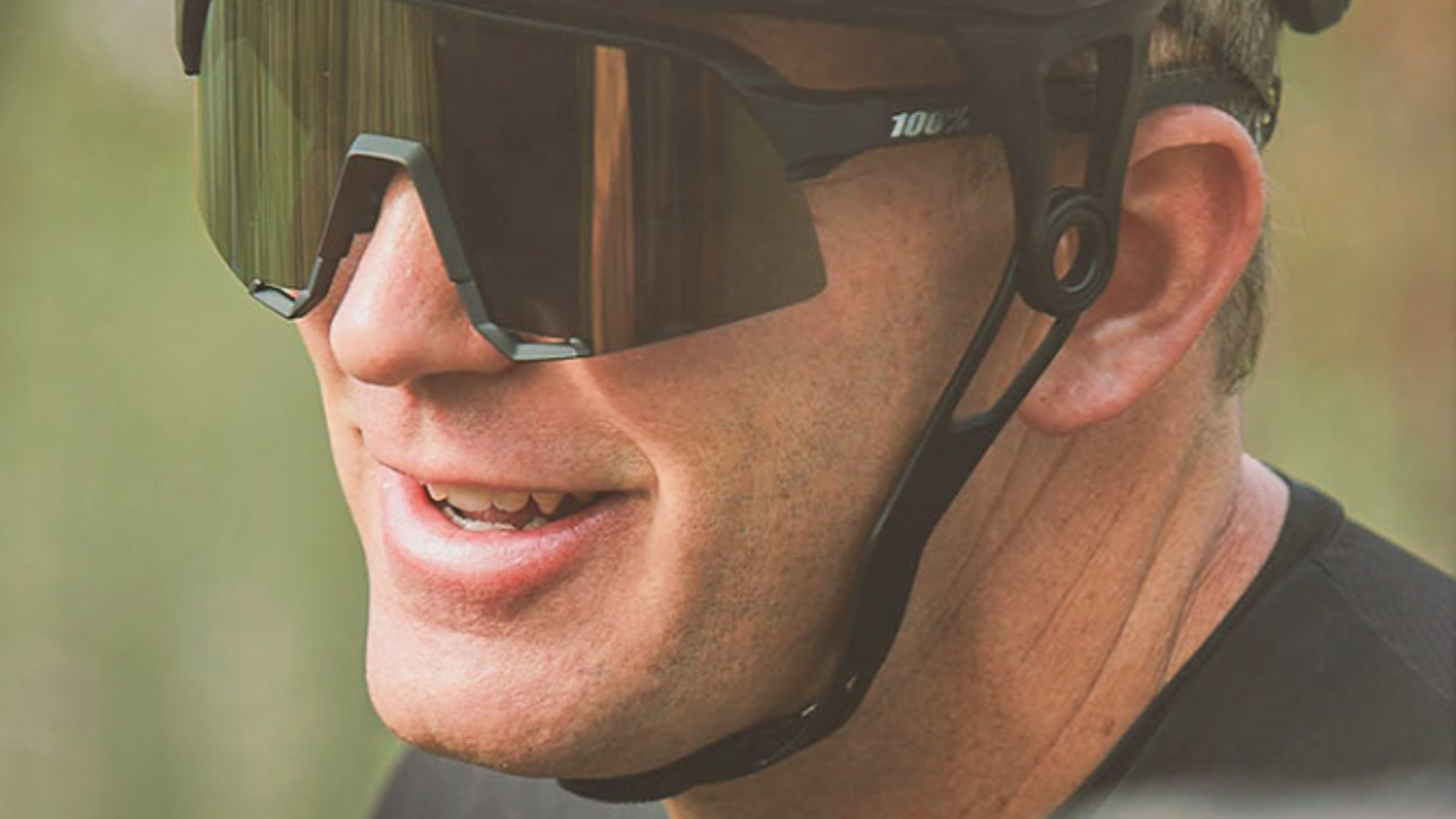
What caught my eye immediately with these helmets is that the fit system – which I think looks rather unsightly and awkward – breaks the unwritten rule regarding wearing sunglasses on the bike!
The best mountain bike sunglasses are always worn with the arms over the helmet strapping, mostly because it's more comfortable, under means the strapping presses the arms into your head when tightened, and in a crash, they are likely to fly away from the face and eyes easily, but also just because it's way cooler looking!
Putting this tongue-in-cheek sunglasses issue to one side, why has Canyon changed something that's worked perfectly well in helmets forever? I had a look into the more serious claims to see what these premium-priced helmets have to offer, and if they can match up to some of the other leading helmets from rival brands.
For mountain bikers and most gravel riders, aerodynamics are not often top of the list when choosing the best off-road helmets. However, adequate cooling and precise fit are, and if Canyon's claims of watt-saving performance are true, getting faster is an obvious added benefit.
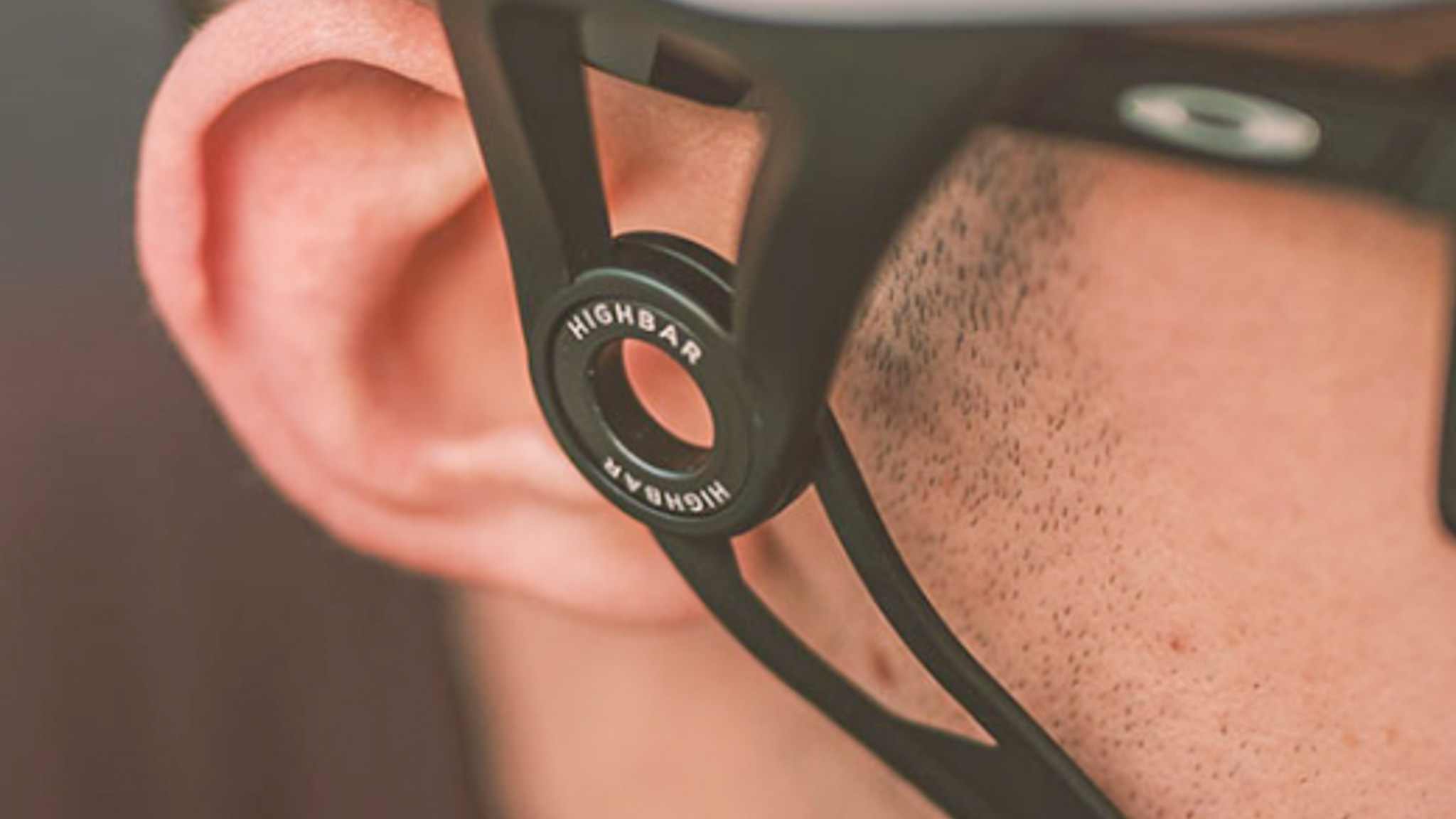
Precision fit system details
The HighBar system is claimed to offer a "secure, precise, and user-friendly helmet experience with a simple twist of a dial". We are all used to the traditional strap system, with a correct fit achieved easily by adjusting the length of the strap, and ensuring the helmet is securely attached to your head.
The HighBar system has only one point of adjustment and once the strap is rotated down beneath your chin (it flips up when not in use, for easier storage) it's a claimed simple twist of the dial clockwise will tighten and counter-clockwise will loosen.
As well as a claimed perfect fit every time, it's also designed to offer easy, one-handed adjustment and a customized fit too.
It does look unusual but HighBar is keen to point out that they are "helmet industry experts who are re-inventing fit and retention to optimize the fit and performance of every helmet, for every rider, every time."
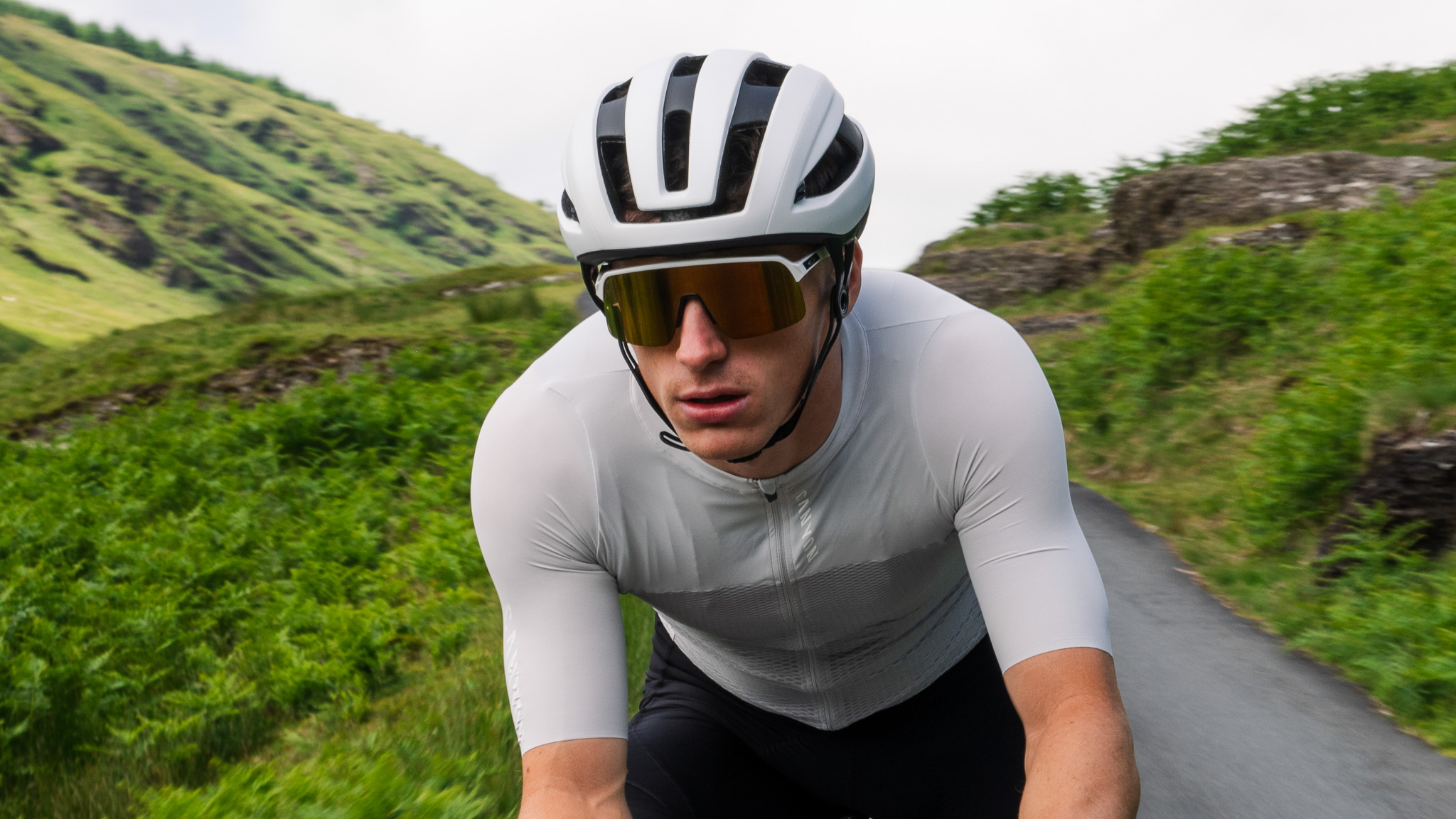
Safety, cooling and noise reduction
Canyon claims that the new CFR helmets will keep you cooler and will deliver a quieter performance than rival helmets. The Disruptr CFR is the all-rounder of the two aimed at XC, gravel and road riders, while the Stingr CFR is the dedicated aero helmet – both feature the MIPS Air Node crash protection system.
I'd be interested to know how the plastic retention system performs in a crash and whether they break away or are soft enough not to do damage, it does raise a question for me as the traditional material strapping performs perfectly well.
The helmets are also designed to keep you cooler as the plastic retention system is designed not to touch the rider’s skin. Canyon claims that testing showed a reduction in skin surface temperature of 4.8ºC (40.6ºF) on areas where normal straps would usually make contact with flesh.
Wind tunnel tests have shown that the HighBar System can also reduce sound levels at the ears (6-7.5dB) compared to conventional helmet straps. That said, if you take the time to correctly set up any helmet there shouldn't be any flapping straps to make excessive noise.
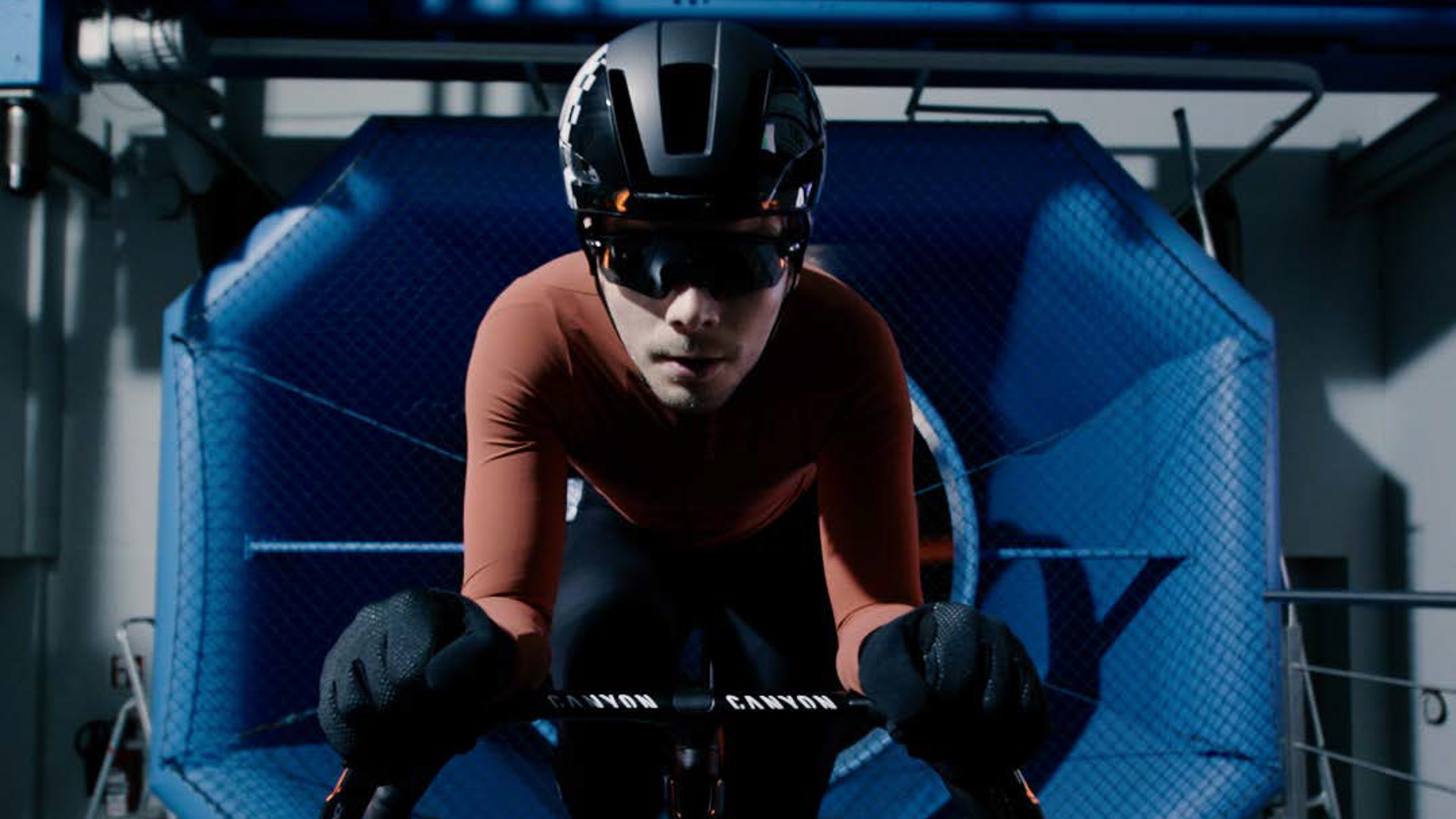
Watts for free?
Canyon says that in its wind-tunnel testing HighBar system reduced drag and therefore saved valuable watts.
In its tests on the HighBar strap vs a conventional strap, Canyon found a claimed 7-watt saving at 50kph and an even greater 10-20 watt saving at speeds of 60-70 kph which is said to equate to 33 seconds over 100km - which is quite significant and Canyon says it will give riders "pro-level performance boost."
However, how many average riders are regularly actually doing 50-70 kph for sustained periods? These gains will mostly apply in the pro-pelotons rather than everyday gravel biking adventures or cross-country mountain biking.
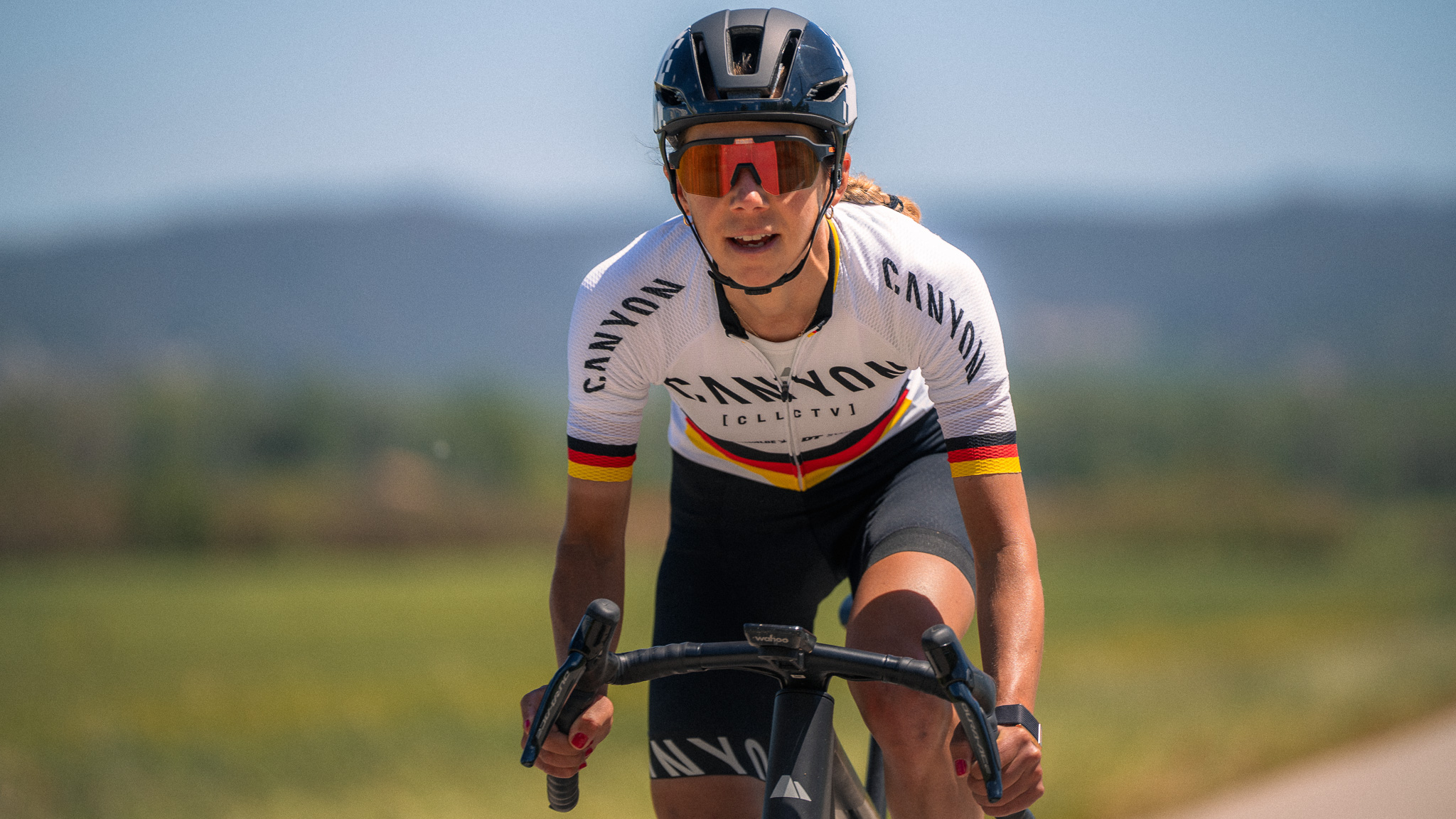
"Your helmet can play a major role in aerodynamics, it’s one of the first things to hit the air when you’re riding," explains Canyon’s Global Director of Gear, Stan Mavis "Whilst the helmet form has seen shape changes over the years, the design of the helmet strap hasn’t seen any real innovation for over 100 years. That’s why we decided to collaborate with world-leading experts to create a line of helmets that would set a totally new standard for helmet performance, completing the Canyon offer from head to toe."
The helmets are already delivering on the global racing stage being worn by Canyon athletes including gravel racers Jasper Ockeloen and the Unbound 2023 winner Carolin Schiff. Luca Schwarzbauer also showcased the Disruptr CFR helmet at the recent Paris Olympic games in cross-country mountain biking.
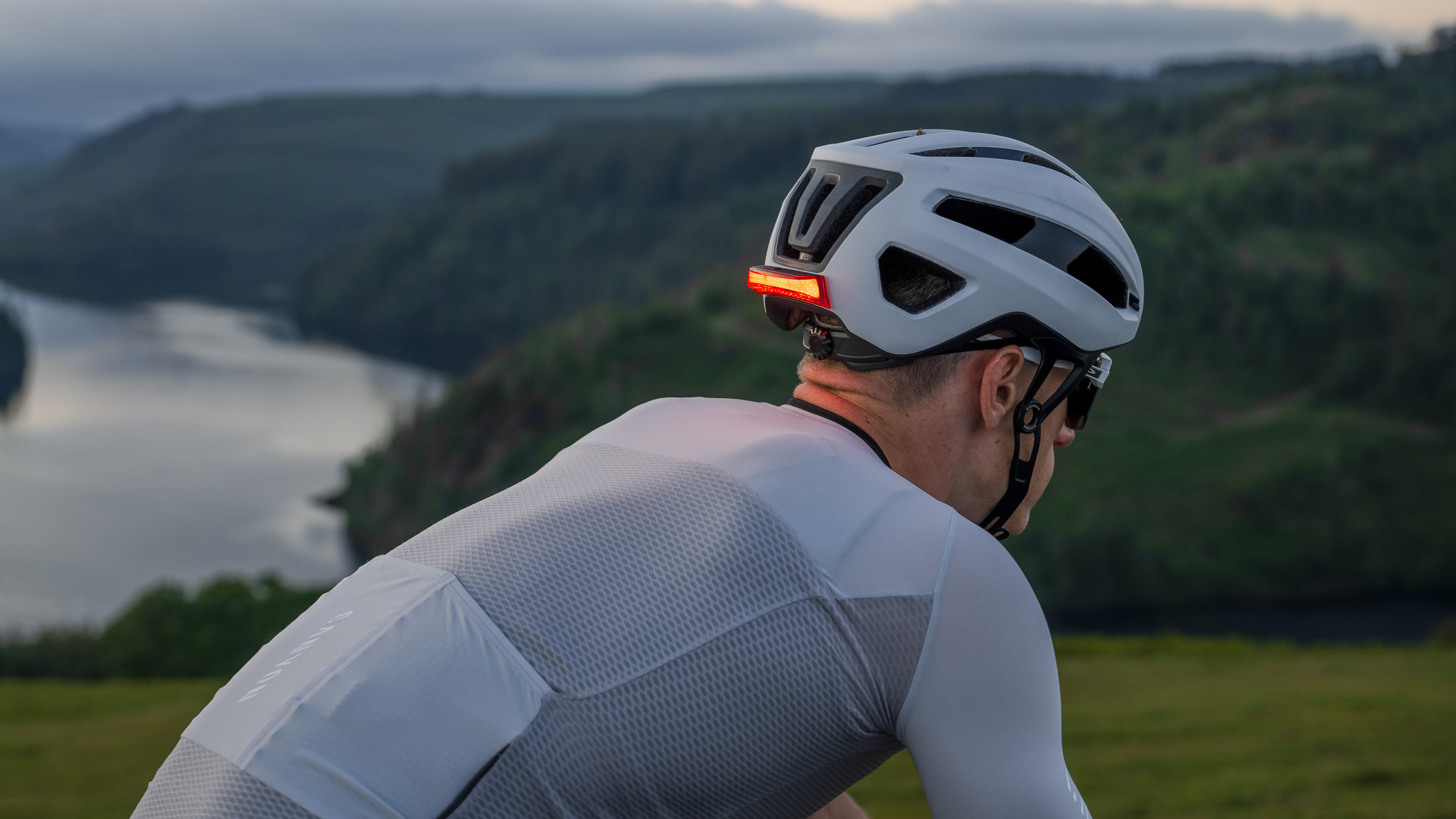
Pricing and availability
Both models are available to purchase now directly from Canyon.com or via the Canyon app. The Disruptr CFR comes in White, Black, and Grey, with a claimed weight of 275g (M size). Priced at $330 / £289.95 / €299.95 it comes in sizes Small, Medium, and Large.
Disruptr CFR also comes with a magnetic port in the rear to take a Canyon's rear light with 5 modes and up to 30 hours of run time, available to purchase separately priced at $33 / £28 / €29.
The Stingr CFR is available in White and Black, and weighs in at the same claimed 275g. It's also priced at $330 / £289.95 / €299.95 and comes in sizes Small, Medium, and Large.







